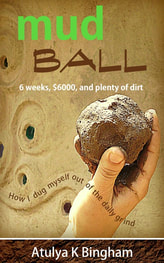|
Something weird happens when you follow your intuition, take the leap, and move onto the land. Things go wrong. Two friends have recently bought land and moved onto their new spaces. One is in a tent. One is in a stone house. Both are essentially camping at the moment. Both have just been tested. A fire burned down the first friend’s fence within a week or two of him buying it. The other amiga is stuck in a mire of water and power issues. The solar power system isn’t working as it should, and the creek has dried up. Classic! I remember when I first arrived on my land here in northern Spain and was tested just the same way. I couldn’t get my van into the land at first, and then I couldn’t get it out. It’s still stuck there to this very day! But why the hell does this happen? Did we all make a mistake? I mean we listened to the trees and rocks and rivers, we’ve come in with all the best intentions, we’ve acted on our hunches and taken a chance. Why are we now being slapped in the face? El Cimiento It all came back to me this month as northern Spain entered a heatwave like no other I’ve seen since I arrived here. We are usually privy to a thick helping of mist in June and July, but not this year. The clouds have fled the skies as though they’re infected with something, giving the sun a free pass to scorch the earth. I sheltered at the door of my barn and watched the sierra. It stretched brown and sharp like a rusty saw blade. And there in the middle of that view was Jose Manuel dressed in a bright pink t-shirt, scythe over his shoulder, surrounded by floored nettles. He was a portly, conspicuously un-grim reaper. “Primero hacemos el cimiento.” Jose Manuel placed the scythe against the barn wall and grabbed the pick instead. He stood back and took a nice deep swing at the ground. Cimiento is not cement as I first thought when I heard the word, ears pricking up in alarm. Cimiento is the foundations. Pulling my hat down, I ran up onto the rocks. The limestone was already throwing the heat back at us aggressively. “Aqui aqui” I pointed to where I wanted my wall. “Con una curva!” Swinging my arm in an arc, I indicated where my curving wall would be. “Una curva, ah si.” A soupçon of a smile slid into the far corners of Jose Manuel’s mouth as he bent down and hauled a boulder out of the way. It was about midday, but the sun was only just limbering up in preparation for the serious mid-afternoon heat rally. Already I could feel my t-shirt gluing to my skin. How Jose Manuel could dig in this weather was beyond me. I knew this first day was going to be arduous. The foundation always is. The undergrowth is cleared. A trench is dug. And then the most enormous rocks are shunted into place. It’s difficult and slow. It’s a test. Because as Jose Manuel will tell you, if the foundation is right, the wall will stand for years and years. If not? It will fall. The large frame of my stone mason vecino dripped in the heat. We both turned redder and redder. It was a flaying, and I wondered if I might simply burst into flames like a pine tree in a forest fire. As the land baked, I remembered back to the beginning of this adventure. I remembered The Test. The Test It was 2018, and I’d just purchased my land. My noodle was rammed full of hilarious schedules and plans of course. I’d concocted all sorts of visions of me living on my land in the summer in my camper, which was going to double up as a materials carrier, and a beach dwelling, and, and, and... Then within about two weeks of completing the small driveway, my van blew up. It never recovered. And so I was transportless. Unable to move. Unable to carry materials. In order to buy anything I had to walk a mile to the now conspicuously shopless village, and then either hitch a lift or call a taxi to the town. If I wanted to go further, I had to catch a very infrequent bus from said town. A trip that would have taken me forty minutes in a car was taking about four hours. Before long, I was gnashing my teeth in frustration. But why had this happened to me? I’d followed every hunch and listened to every frickin’ leaf and pebble. How ashamed I was to have to ask my dad if he could help me buy a car. How fortunate I was that he could and would. Even so, for a good two years I would glare at my nettle-throttled campervan and yell, “But why? Why did you do that?” I couldn’t see a single good reason for the betrayal even if I did enjoy driving my new car. Roll on 2020 and the world suddenly stopped turning. Borders closed. Ferries drifted to a halt. No one was going anywhere. How glad I was I had a reliable car then! My old van always needed mechanics, and for about a year they were mostly closed. Deep snows came. We were cut off for a month. What a stroke of good fortune I’d stored my food supplies in that wretched campervan! I learned. The Test is tough love. It arises because we’re being shown where the weak points in our structural setup are. And at some point in the future we’re going to be reminded of this test. If we deal with it well and solve the issue at hand, our future self is going to thank us. Structural Issues Nothing material exists without structure. Plants, bodies, roads, cells, websites, rivers, and dry stone walls all have structures. It’s the framework that supports life in the physical world. Structure often gets a bad rap in the floaty, energy-focussed realm of what was once the New Age. But without structure, there is nowhere for energy to flow, no platform for ideas to be expressed, no trellis for a vision to grow upon. Nothing manifests. It’s all just a blob of wishy washy blah blah blah that oozes about and clogs the drains. Understanding structure is one of the things that makes the difference when you begin any kind of project. It’s the art of seeing what supports what, and how things develop and strengthen. There is an order things move in, and it’s there for a reason, because one part of a creation supports the next. You can’t tile your roof before you’ve installed the joists, so it makes no sense to spend hours measuring exactly how many tiles you will need before you’ve even bought your timbers. Misunderstanding how structure develops is what causes so many problems for people when they first move to the country or try and build themselves a home. Folks spend far too long worrying about details in their project which are a long way from fundamental. Yes in theory you could plan everything down to the last detail. But do come back to me and let me know how you got on with that, because in my experience there are 101 factors we don’t see until we’re deeply within the process. Life isn’t static. All sorts of things are going to happen that we couldn’t ever imagine. Things we thought were vital prove not to be, and vice-versa. If the past two years didn’t teach the West that, nothing will. Where’s the glory? The foundation is of course the first thing to be built in any structure. It’s the prep work, and it’s a long way from the sparkle and glory we expect when we’re building. It’s a bit tedious, it’s difficult, it’s time-consuming, and worst of all it will never even be seen. No one will ever come to your house and say, “ooh nice foundations!” They will never congratulate you on your plumbing or your waste water system either. These are the fundamentals I’m afraid the ignorant take for granted. So get used to it if you’re creating anything. Before you start there’ll probably be a test, more likely a whole flock of them. It might be that nothing appears for a while. Things won’t go to plan. And you’ll have nothing to share on Instagram. If you’re doing it right, you’ll be digging the ground, straightening out a lot of issues, stabilising and solidifying. Hopefully you’ll be learning plenty too, especially that you are not in control, that your plans are a bit of a joke, that your head has never got it covered, and that building anything is a lot harder than it looks. Nevertheless despite it all, I expect like me you’ll still wind up thinking the whole thing is a laugh, definitely a lot better than that other synthetic existence where you are never really tested in a positive developmental way. That dull grey expanse of doom where the learning curve has long flatlined, and your “excitement” is some riskless virtual pursuit cordoned off from the oxygen-replete heart of real life. The sun finally began to pull behind my barn, giving the shadows space to stretch. They grew quickly now from stunted slithers into umbrageous towers. A stone wall was on the verge of existence now, the foundation stones lining the jaw of the earth like molars. Jose Manuel dropped his stone chisel onto the dirt. “Marcho!” he said, which was how he always ended the day. Sometimes he said it after three hours, sometimes after five. But when marcho was uttered, the work day was done. That particular heat-lashed day, I was done too quite frankly. I felt as though I’d been in the ring with a fire monster. Even so, I was satisfied. The foundation was in and in well, which was a very good thing. Because hey, this was going to be quite a wall. Do you enjoy these stories?
My blog, and the entire Mud Home website is possible only due to the ongoing support of everyone on Patreon. If you’d like to chip in to keep this website going so that everyone can read it, head over to my newsfeed. All patrons get a free monthly video of my progress (or lack thereof) from my land. It’s where I share my ups and downs, and what’s happening in real time.
2 Comments
“People hid here in the civil war,” Farmer Quilo had told me one sun-gilded autumn day the year I moved onto my land. The leaves on the ash trees were starting to shrivel and the landscape was going to seed. “All these barns and huts,” he swept his arm around the yellowing vista like a Wellington boot-wearing emcee. “People ran up here from the town to escape.” I stared at the barns scattered over the hillsides, all in differing states of disrepair, and imagined them harbouring frightened families. None of them contained fireplaces or chimneys, so how did folk survive? “They just lit the fire straight in the hut. Terrible smoke of course. That’s why the wall is black in this one,” he said, pointing at the soot-covered stones in what was to become my temporary kitchen. “Negro, muy negro.” He shook his head. “Hacian queso tambien. Queso ahumado,” he said, pointing to the stone shelves at the top of the wall and explaining how they’d smoked cheeses on them. Unlike many around here, Quilo loves talking about the history of the landscape. He was a miner for much of his life, so he has a penchant for digging below the surface. There are so many stories related to my land, I’ll save the rest for other writings. But suffice to say, the threads of human history run back a fair way with these barns, which are somewhere around 200 years old according to the locals. I’d wanted to renovate an old building since my mud home days in Turkey. I could see it had the potential to be a nature-sensitive way to build. It’s recycle-reuse-repair on a house-size scale after all. A virgin habitat is not being destroyed to make way for yet another human property. The structure already exists. It’s simply unused. Unloved. And in need of some TLC. Right? Yeees. That was my high-minded opinion from the sun-thrashed windows of my mud hut in hot dry southern Turkey. It was a time and place where very little of the old was being salvaged. Indeed one often felt it was deliberately buried. The old was where dark secrets, hardship, and poverty lurked. It was often deemed better to submerge it under a ton of concrete, rather than unearth Allah only knew what. In many ways this is the story of Spain’s lost villages too. Painful histories lurk in the stones and under the terracotta tiles. Though rather than sink them under a dam(n) project or a motorway, the pueblos of Spain’s interior are largely just abandoned. The past is left to rot*. Be Careful What You Wish For: Sooner than I could have ever imagined, my high-minded renovation idea turned into a reality. I left my mud hut in Turkey and moved to the north of Spain. A piece of land drew me to her. It held three ancient huts. The larger structure was an old barn with stone walls wavier than a winter sea. It was a rickety nobbly old thing, stuffed full of musty sheep’s wool, rotting straw, and wolf spiders. The roof was hanging on by the skin of its rotting rafters, tied into existence by a thick bit of wire round an ash tree trunk. I will never forget sitting under one of those ash trees back in 2018, the day before I put in an offer. The moon was exactly half full and half empty, and it rose from the east like a distant ship. As the light drained out of the sky, I stared and stared at the front of the barn. There was a significant crack from top almost to bottom. The walls were splaying outwards. The thing was only surviving out of habit, and the task of repairing it looked utterly impossible. I remember saying to the tree, “I don’t have the money or expertise to do this. It’s a massive job.” I remember the tree replying, “It will all work out, you’ll see.” Thus I bought the land and became the new guardian. But trees aren’t the only ones that talk. Buildings whisper too. They hold the stories of the past just as the land does. Spirits linger in the nooks and corners, while old energies reverberate about the spaces. Did my barn even want to be renovated? Or did he prefer to crumble into the dirt in peace, taking his secrets with him? Once I’d moved onto the land, I sat with my barn. I ran my hands over the old stones. They were choking under the yoke of some of the most poorly applied cement mortar you are likely to see. I sniffed the air and studied the wattled mezzanine where the sheep’s wool was stored. I listened to more stories, and heard more secrets. But my barn never felt creepy to me. What he felt was excited, as though he were looking forward to a bit of razzmatazz and glory. “Ha! I’m your woman!” I said to Barn. “Razzmatazz is my middle name.” Had Barn possessed hands, he would have punched the air. Restoration, Conversion, or Transmutation? It was September 2020 when the roof was ripped off. I had a dream I’d co-formed with my aging stable. He was going to retain his character and still be unabashedly barn-like, yet with majesty and…razzmatazz. But once the roof was off, it became clear Barn was neither straight nor square. At all. He was a trapezium. Some walls were bowing out. Some had no mortar at all and were just resting on the limestone rock of the land. Some still sported the earthen mortars of old. “Is it safe?” I’d asked Brian, who was doing the roof and happened to be an engineer. “It’s been sitting here for two hundred years,” he said. “And if the roof is on, it will no doubt sit a hundred-odd more at the very least.” We scoured the walls and the cracks. It was all sound even if it didn’t look that way at first sight. I breathed a sigh of relief. There would be no need to take walls down and rebuild them. Barn could stay intact, just with a new hat on. There were issues with this of course. Adding a roof to a trapezium meant that somewhere it wouldn’t sit straight. In the end we decided to tilt the roof, so that the east-facing most visible side lined up, but the other side didn’t. Naturally whenever anyone sees it, the first almost parrot-like comment is, “But it’s not straight.” I feel Barn glower. I try not to glower along. Because some things are a lot more important than a straight line. Things like personalities, characters and souls. I don’t want to live in a box. Barn doesn’t want to be a box either! Those stones have been sitting there for two hundred years. They deserve some respect. Nonetheless I worried. Was I doing Barn justice? There were things that didn’t quite go how I wanted, and that I’ll later no doubt change. The plastic drainpipe is sacrilege, but I couldn’t source or transport metal ones, and it was simply too urgent to mess about with rainwater seeping into the interior. Despite these bungles though, when I look at my stonework and mortar work, I feel pride. It took months and months for me to dig out all the old concrete by hand, then mix tons of fresh lime mortar by hand too, and repoint adding bling and sparkle here and there. Non-Aligned So those hoping for a strict restoration will be disappointed. The past doesn’t want to be resurrected here, not even with a bombastic gloss over it. But it doesn’t want to be buried either. Nor forgotten and discarded like a geriatric uncle in a home. It definitely doesn’t want cement thrown all over it. The ghosts need to move on to better futures, and the energies be free to transmute. In fact I don’t think there’s such a thing as a restoration really. All history and all memory is reconstructed every time we think about it. Our pasts are in permanent flux.** However, those hoping for some slick Grand Designs barn conversion thing with modern fads dictating, and the past all painted over, will be disappointed too. This isn’t slick. Or straight. And definitely not fashionable (thank God!). I wouldn’t call it a barn conversion. I’m not into converting anyone to anything, even if people project that onto me. I’m into empowerment and freedom and people standing on their own feet and in their own hearts and connecting with the amazing environment they live in. So you see, this is something else. It’s a barn transmutation. Because barns are beautiful, fundamental, crucial structures in our world. They are earthy and grainy animal places that underpin our very survival. This is a Barn transmutation because Barn has changed me just as much as I’ve changed him, and I see now we are both the better for it. So here we are. I haven’t done it yet. The interior holds more work than I dare contemplate right now, and knowing me I’ll fart-arse around with the exterior plenty more once that’s done. Even so, we narrator-builders must celebrate the completion of an episode. Because that’s what these projects are: long sagas filled with chapters. As I turn this month's page Barn is finally glowing. The non-aligned roof is testimony to the incongruity between modern standards and organic growth. The new windows framed in the old oak roof timbers depict clearly what supports what. And those ancient stone walls built to no code nowhere, without foundations or cement or drainage or damp courses, well...after two hundred years we see. It took a year of repointing by a hag on a hill, but they’re basically as good as the day they were made, supporting a new roof, a new interior floor, and so much more. So Barn is having the last laugh here, with a brand new future ahead that no one ever expected. He isn’t a sad story that’s been run away from, or a shameful secret to be whitewashed. He’s a distinguished outbuilding that has sheltered animals and people and food in hard times, that has survived two world wars, a civil war, Franco, and now even modernity and hyper-capitalism. He has bucked the system and lived to tell the tale. For a while there it looked pretty desperate with the roof all but collapsing on him and no one taking care. But hey, it can all change in an instant in this life of wonders. True he has wonks and bulges and wrinkles and faults, as do I and you. We have lived through many adventures after all. But we are not simply the result of our pasts and definitely not just the victims or perpetrators of them. We are something far wider and broader than our histories, with the possibility to transmute at any minute. Anything can happen. At any time. Turn the page my friends, it’s another chapter. And no, a handful of billionaires are not writing it. Or building it. We are. Every minute. Every day. With everything we do and say. And it looks like we’re neither into restoration nor renovation thank you very much. We’re into transmutation. * This is not a criticism of the coping strategies of largely traumatised populations. None of us wants to scratch off the scab of an old wound. All nations deal with their inevitably uncomfortable pasts in different ways: whitewashing, forgetting, burying, abandoning, or rewriting with pomp and glory and exporting wholesale (like good old England, for example). And all are hyper-sensitive about that fact:) **Oliver Sacks has made plenty of studies on the rather fluid nature of memory, as mentioned in his books, The Man Who Mistook His Wife For a Hat, or An Anthropologist on Mars, or as outlined in brief in the article below. http://www.fmsfonline.org/?news2013update=Oliver%20Sacks%20on%20Memory Do you enjoy these stories? If you enjoy my stories consider joining us on Patreon. Your support pays for the running of this website, my virtual help, and my sustenance. Currently, all patrons have access to my private land report videos which show my progress from day one of building until today. A big thank you to all The Mud Sustainers, and everyone chipping in and keeping these posts and articles coming. In this Earth Whispering exploration I share with you my own experiences and means of hearing the land around me, plus how I follow her nudges. This project is on a tiered funding basis, so you can choose what you pay. Just like all my courses it will be updated and added to as time goes by, so hop on now to get full benefit.
"This really assures me that I’m on the right path and not alone in this way of thinking." -Vin “Ouch!” The carpenter bangs his head on my door. “It’s a very low ceiling," he looks up, marginally horrified. Here we go again. I’ve heard it all before. I roll my eyes hither and feel my diaphragm sink with weary. There are many reasons I just don’t like visitors, so many in fact I could stack them all up on top of each other and create a spiky, impenetrable rampart. But the self-appointed design consultancy has got to come close to the top. Sigh. My house is designed for me. Not you. Not him. Not them. Thus it’s perfectly adapted for anyone around the 1 metre 65 mark, which incidentally is above the average for women worldwide, and depending on which country, men too. In fact the only people it’s not very suitable for is tall Northern Europeans. Why this is considered my problem, I’ve no idea. I suffered the same disparagement about my Mud Home in Turkey of course. I love low ceilings. They provide a wonderful womb-like feel. They are cosy and cutesy and engender happy sensations within me. Sure not everyone likes them, but they can build their own house how they want, can’t they? As I stand and view the raised hackles of the sierra through my new windows, my old mud home rises before me like an earthen genie. I remember throwing down the last row of earthbags all those years ago, when someone had asked, “but what will you do if you get a tall boyfriend?” Slapping the butt of the earthbag, I’d furrowed my brow before piercing them with a long sharp stare. “So I’m supposed to design my 6-metre diameter mud house for an ethereal boyfriend who may or may not be tall, and who will presumably spend the greater part of his time in this house horizontal?” The reply sank into the earthbags and reverberated there. The house snickered to itself while the humans shook their heads at the contrary mud-chitect of round. Of course, this is just how it is when you dare to step over the loveless ruler line gouged into the concrete foundation of modern architecture. Reams of useless opinion are rolled out over and over again like a tired old IKEA carpet. As with everything else, there’s a kind of mass brainwashing regarding architecture’s one-size-fits-all conveyor belt standard. Doors have to be 200 centimetres high. Ceilings have to be 210 centimetres. Bedrooms have to be up, and kitchens have to be down. Windows have to be this or that shape. Stairs have to have steps 18 centimetres apart. And so it goes on in tedious, magnolia monotony. I can hardly keep typing I’m so bored. A word from the hobbit realm The tyranny of the tall in architecture started with Le Corbusier, the French Swiss architect of the 1930s responsible for so many of the unusable urban spaces in the world today. Unusable by the majority I should say, because contrary to the prevailing world view most of us aren’t six feet tall. By a long shot. But lucky you if you happen not to be vertically (or physically) challenged in any way, because with the exception of air travel, the modern world has been designed for you. The rest of us hobbits simply have to suck it up, pull out the ladders, climb this, hang on that, strain here, and risk injury there. That top kitchen cupboard holding the blender is inaccessible. The “simple” act of changing a light bulb is an endeavour involving a rickety kitchen stool, a gymnast’s balance, and a cricked neck. Even a trip to the supermarket leaves many of us giving up on that top shelf entirely. Door handles, sinks and taps, mirrors, windows, car seat belts, staircases, banisters, kitchen cupboards, curtain rails. The whole lot was designed for a six-footer. And most people don’t think anything of this. It’s perfectly acceptable in the World-At-Large mind that most of us have to climb many times a day to reach things. Yet, if someone has to duck just once in a house visit, it’s the end of the frigging world! I like tall people, honest! Please hear me out though. I’m not tall-ist. I like tall people as much as short people. Gandalf is as good as Frodo. I don’t think all houses should be designed for elves or that we must cancel Le Corbusier and ban him posthumously from Twitter. I expect the chap had a good idea or two lurking somewhere on his bookshelf, even if most of us have to stand on a beer crate to reach it. No, tall is fine. And the exceptionally tall, the basketball players and seven-footers, have their own height-ist crosses to bear. Mirrors at waist height. Sinks by their knees. Backache replaces knee ache. My point is merely that the overriding joy of building your own house is that you make it how you darn well like. It’s the one space especially for you on this entire planet and thus can cater to your every quirk. It saddens me a little though that this doesn’t prevent many of us owner-builders from submitting to the tenets of the bog standard. Or from feeling inadequate in the face of raised eyebrows. Even a mud queen of truculence like myself will spend a night or two worrying before throwing a comment out of the window. “It’s so much warmer at the top of my house, so I want to put my living room upstairs,” said a friend of mine who is as introvert as myself. “Yes, I’m doing that. It makes no sense how they do it, sitting in what is essentially a cellar.” “But the architect said no one would step in my house if I did!” We both rolled our eyes in unison. “Oh no, that would be a shame now, wouldn’t it?” I said. We fell about laughing. Not everyone wants to entertain guests. Not everyone is a family with 2.4 kids either. Or a couple. Or mobile. In fact not one human on this planet is standard. Most people have simply learned to adapt to a world not designed for them. Individutecture So folks! Why not reclaim our world from the standardised, creatively impaired, moronically dysfunctional functionality of the 20th century? We can’t buy everything we read in House and Garden wholesale at the expense of our inner yearning, our instinct, and our inspiration. All those beautiful words start with ‘in’. This is what so much of the Western way has got wrong. The inner is as important and rich as the outer, and it holds the keys to why we even came to planet Earth in the first place. These days I start to realise that one of the “reasons” I came to Earth was to make quirky natural living spaces hand-in-hand with the land. It’s not what I was taught to do. It’s not what anyone told me I should do. Some people even say I do it all wrong. Yet I love it. It makes my heart sing. As I jigsaw my bed platform into strange shapes and build a split level kitchen (“What? You can’t do that!”), I feel the life force inside me rushing to my fingers. My heart flutters. My mind whirrs. It feels so good. I see mud walls and curling couches, and I can touch my ceiling by standing on tiptoe. Everyone except children would have to duck to enter my home, because I left the cow entrance in place. Good. Be present if you enter my world my friend. This is the barn of broken rules. Le Corbusier would turn in his grave of course. My olde worlde restoration is everything he wanted to banish from the face of modern design. But I’m afraid that’s just too bad because you are below ground Le Corbusier, and I am still above. My kitchen is up. My bathroom is down. I’m doing my best to eradicate every straight line I can find. Because the idea there can be a right or wrong in home design needs to die a swift, conclusive death. Incomparable People wonder what my name means sometimes. Atulya. It was given to me by a wise swami in Tamil Nadu many moons ago. Atulya, as my Indian readers will know, is Sanskrit for "incomparable". Naturally I love it:)) But these ancient Sanskrit names aren't there for our egos. They refer to basic elements of the human being. We are all incomparable. Thus one person’s home creation can never be compared to anyone else’s. This is individutecture. I mean what’s the point of a home if it doesn’t mirror the needs and loves of its unique inhabitants? Book lovers will have reading niches, gamers will have tech basements, dog owners create whole hound-realms, while film lovers enjoy a movie cave. Some people like hot tubs. Others want a cob oven. Some like hammock swinging, others work online and need a decent chair and a table near a plug socket. Some desire big dining tables, others can’t think of anything worse. And so it goes on. And on. The mistaken resale theory One reason people shy from indulging in their dream design is this absurd myth they’ve picked up somewhere on the road between Homebase and the estate agent regarding resale value. Personally I can’t think of anything worse than designing my home just to “flip” it to a stranger. I’d lose the will to build. But even if that were a consideration… I gaze out of my new windows. The fat orb of the sun moves higher and the clouds bunch hesitantly behind the hills. The skies may be Atlantic but the rays are Mediterranean this spring. My mind returns to that first mud creation back in Turkey. To a mud home on a hill that was generally met with disdain and disbelief. “What will you do if you want to sell your house?” They had asked. “It’s so small!” “Yeah and it’s made of mud. Who wants a mud house?” “Urgh composting toilet. No one would buy it with that!” Hmm. When the fateful day came that I put my mud home up for sale, it didn’t turn out how anyone had thought. The advert garnered 40,000 views in a week. I sold my house that same week to the first beautiful people to visit. And yes incidentally, they were quite small – did I mention that most of the world is? There was no bargaining or messing around. Five other people were waiting to view it that week. Someone was even coming from Germany. You see it doesn’t work the way they’ve told us. We can't copy a lifestyle, or a house, and expect it to work like someone else's. It won't, because there’s only one right way. It's unique. It's heart-filled. And it’s ours. Do you enjoy these stories? If you enjoy my stories consider joining us on Patreon. Your support pays for the running of this website, my virtual help, and my sustenance. A big thank you to all The Mud Sustainers, and everyone chipping in and keeping these posts and articles coming. The time to hear the planet is now. Are you in the right place? Are you moving in the best direction for you? In this unusual exploration I share with you my own experiences and means of hearing the land around me, plus how I follow her nudges. This project is on a tiered funding basis, so you can choose what you pay. Just like all my courses it will be updated and added to as time goes by, so hop on now to get full benefit.
"This really assures me that I’m on the right path and not alone in this way of thinking." -Vin |
Atulya K Bingham
Author, Lone Off-Gridder, and Natural Builder. Dirt Witch
"Reality meets fantasy, myth, dirt and poetry. I'm hooked!" Jodie Harburt, Multitude of Ones.
Archives
November 2022
Categories
All
|

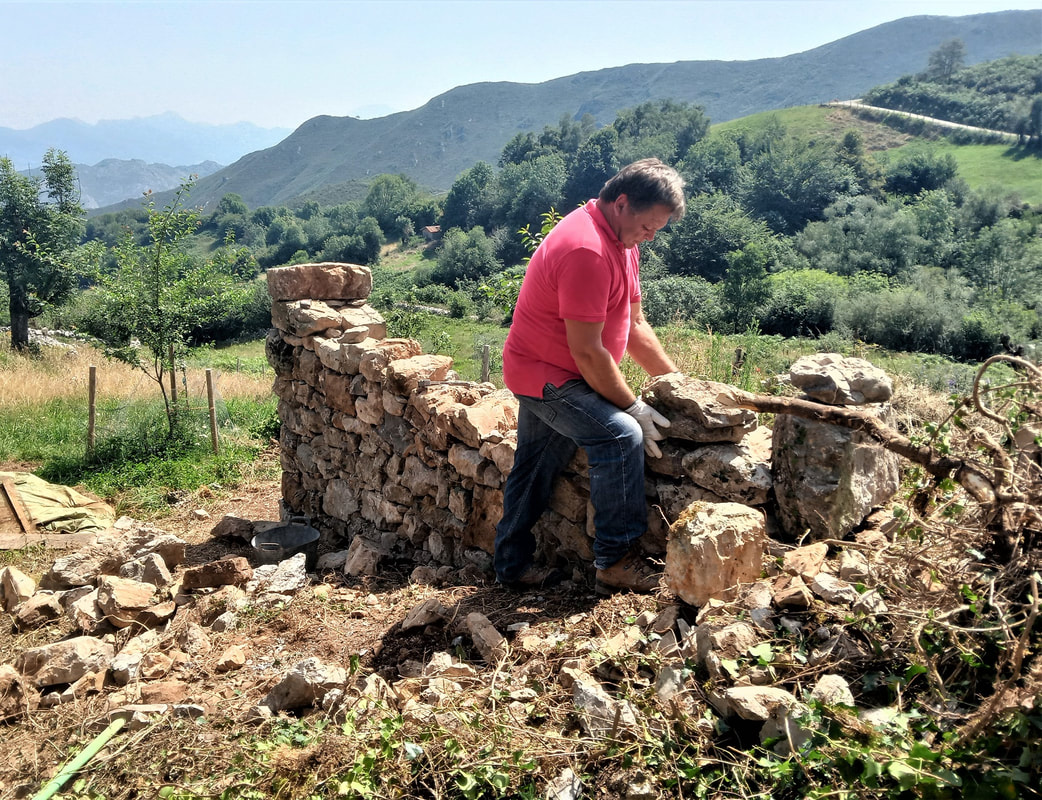
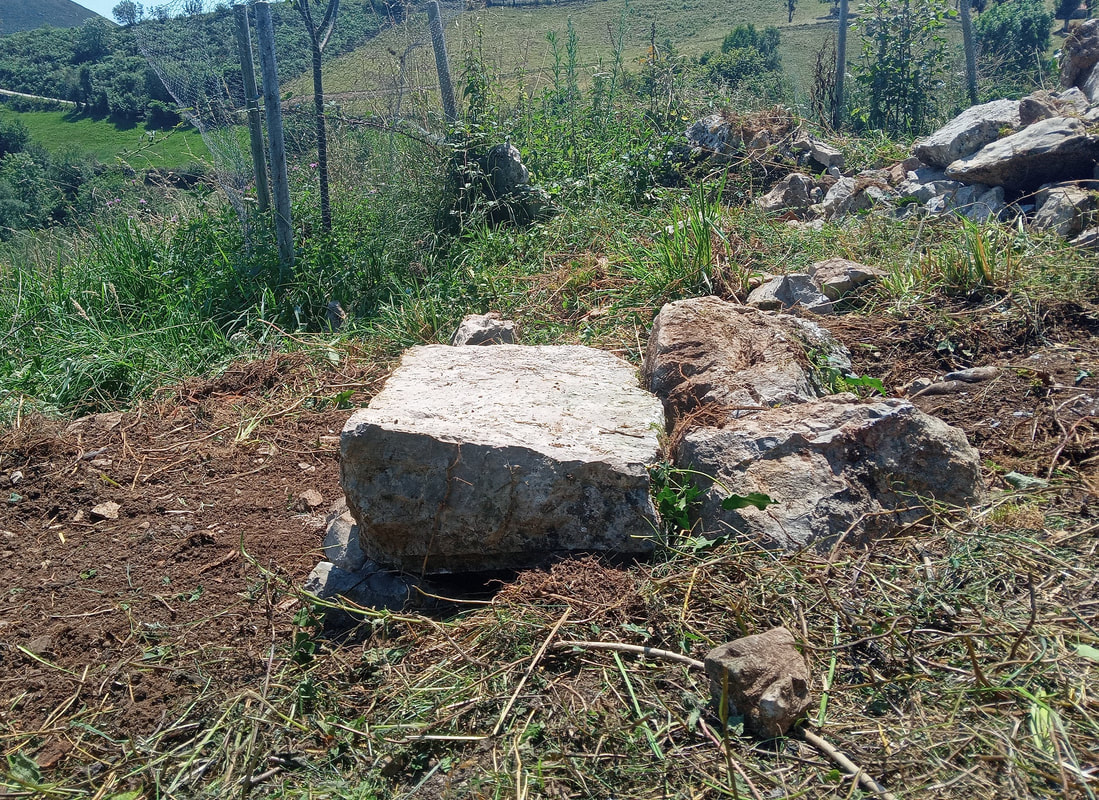
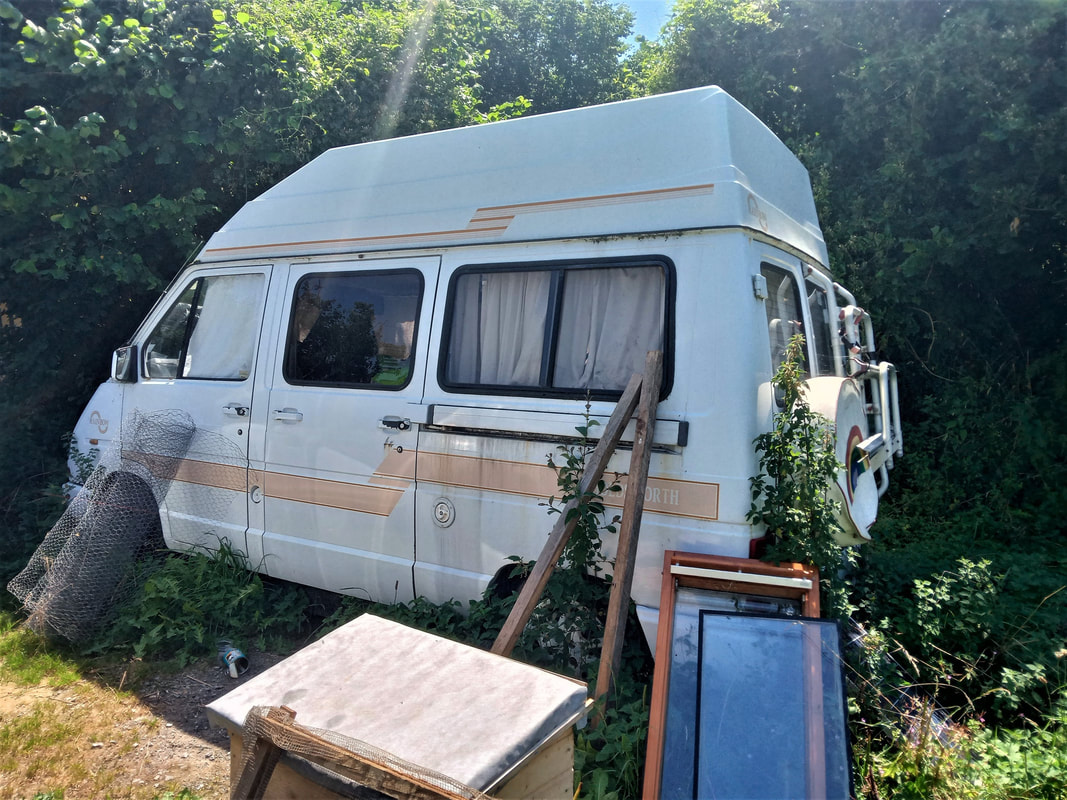
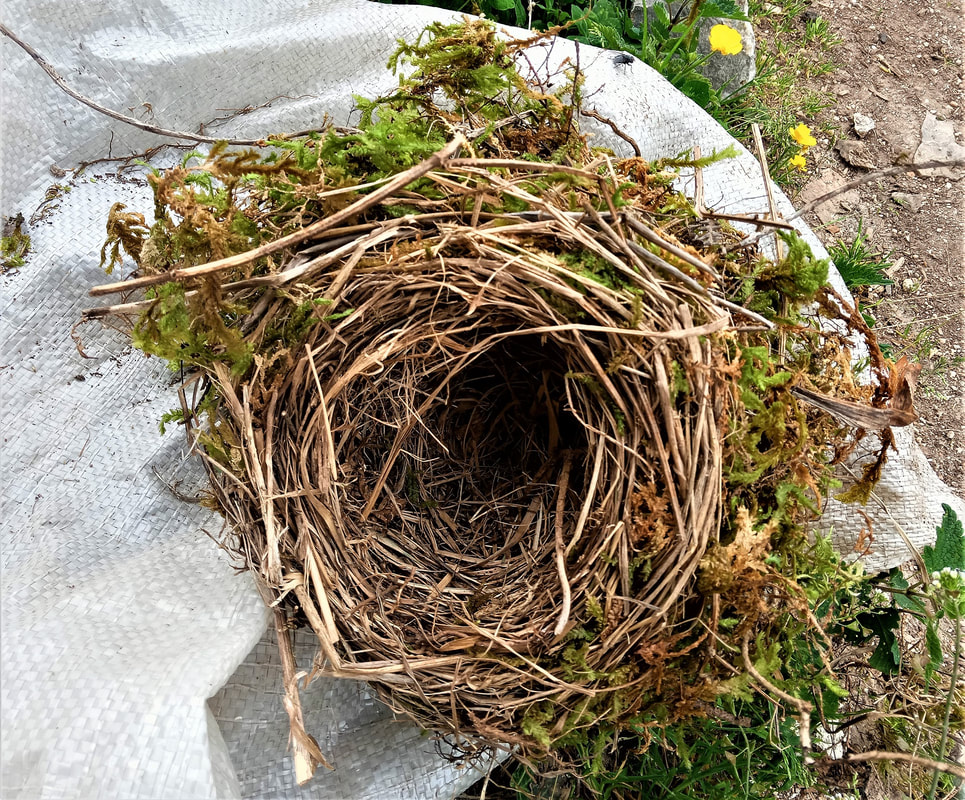
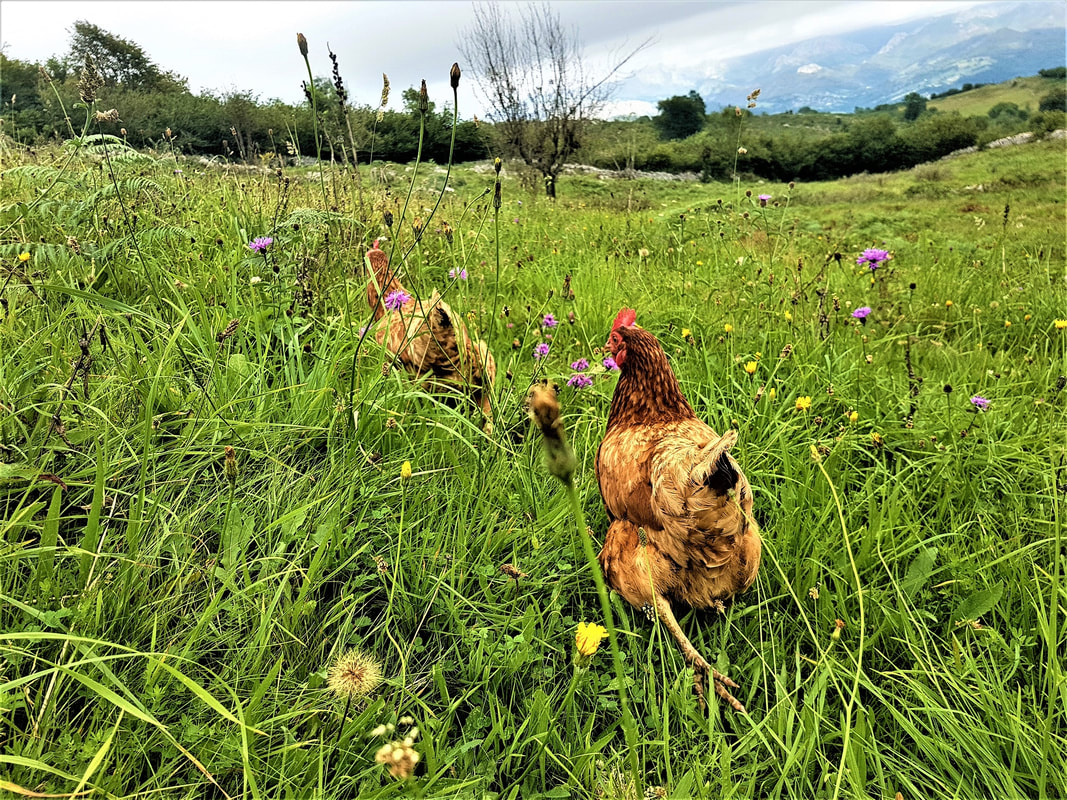
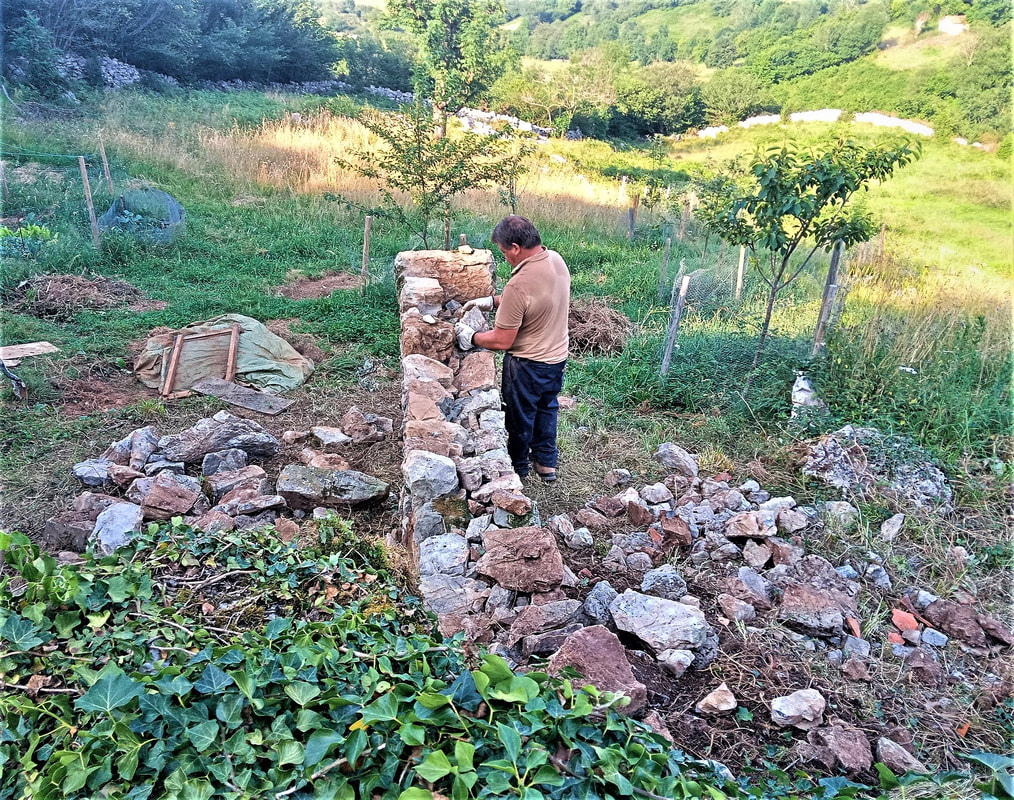
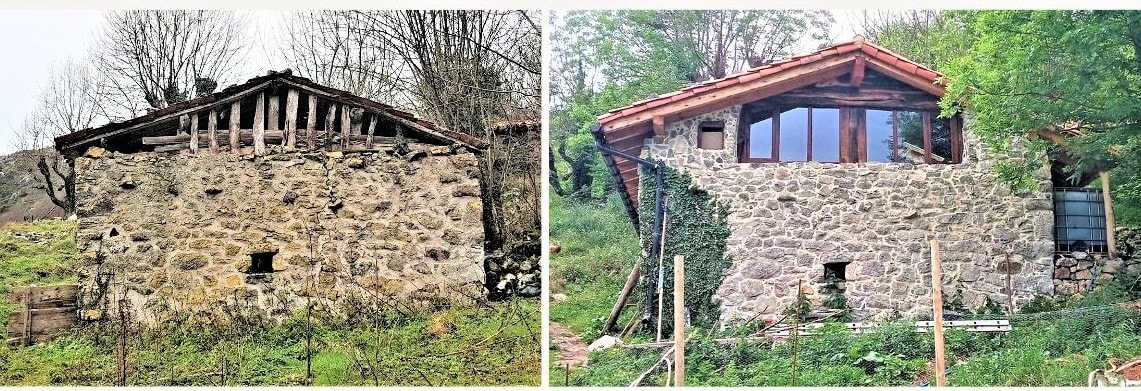
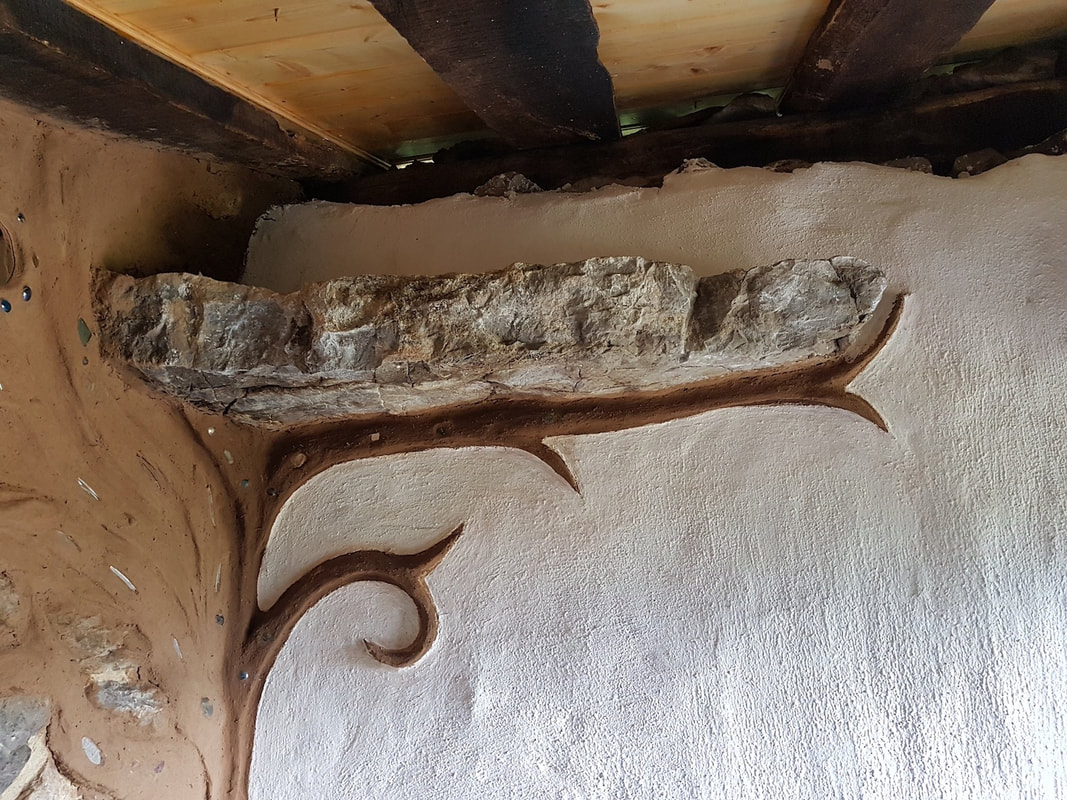
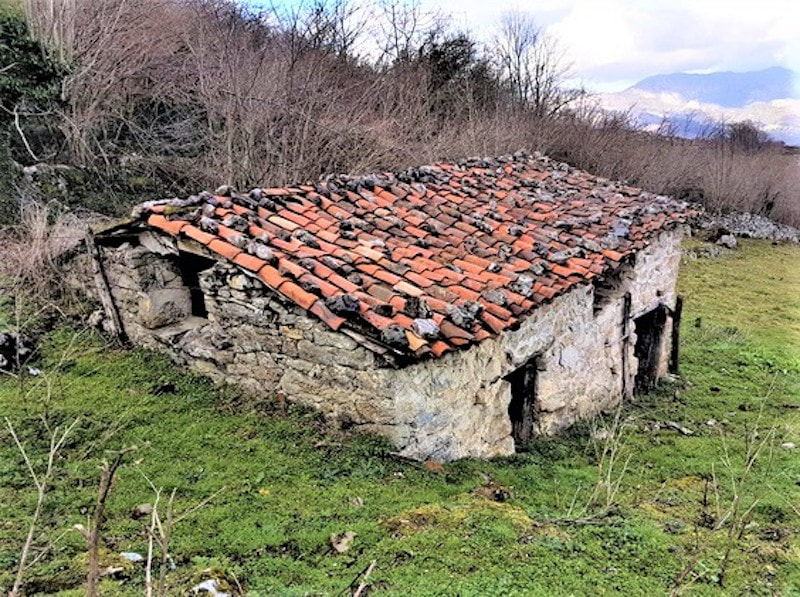
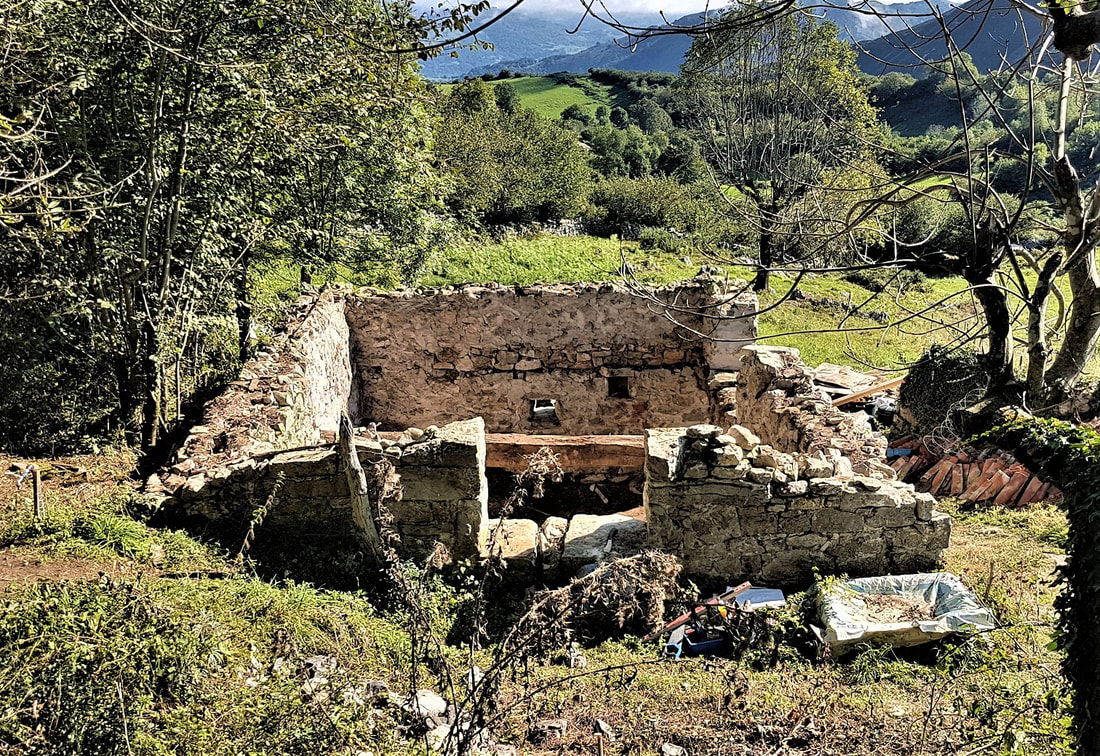
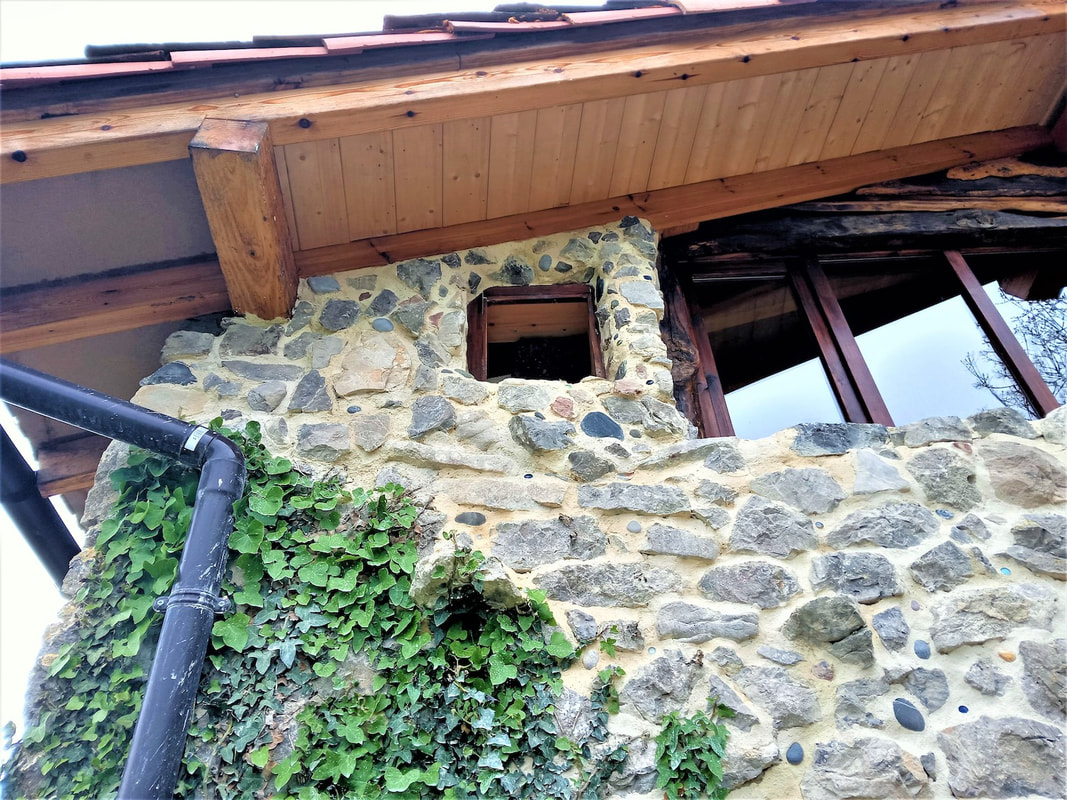
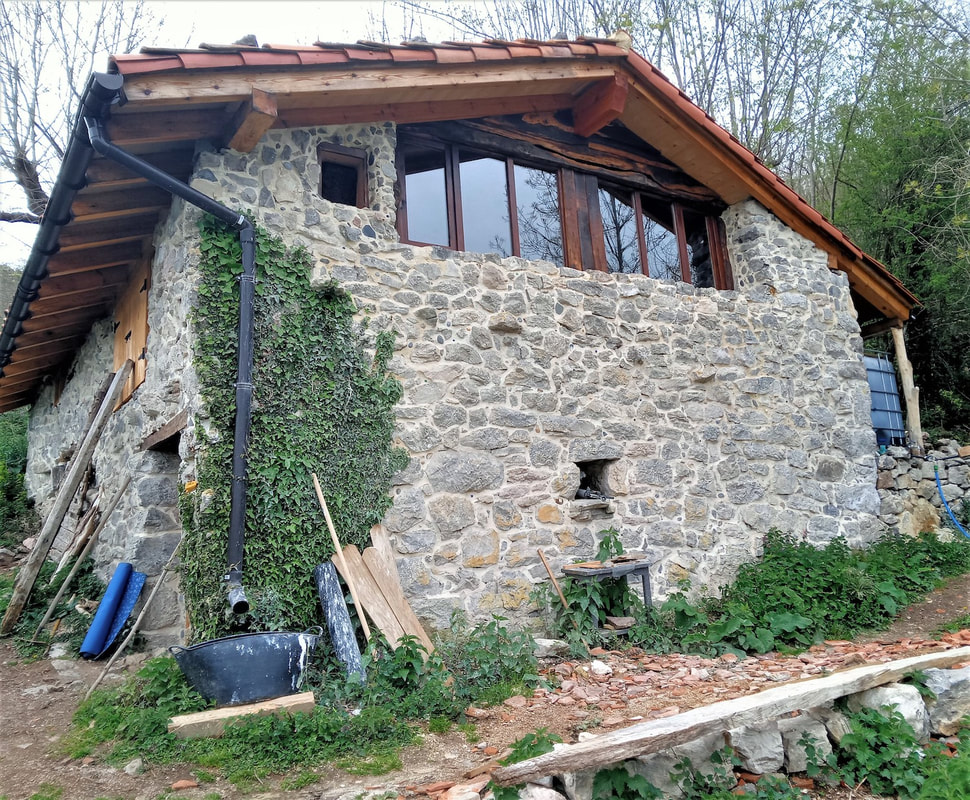
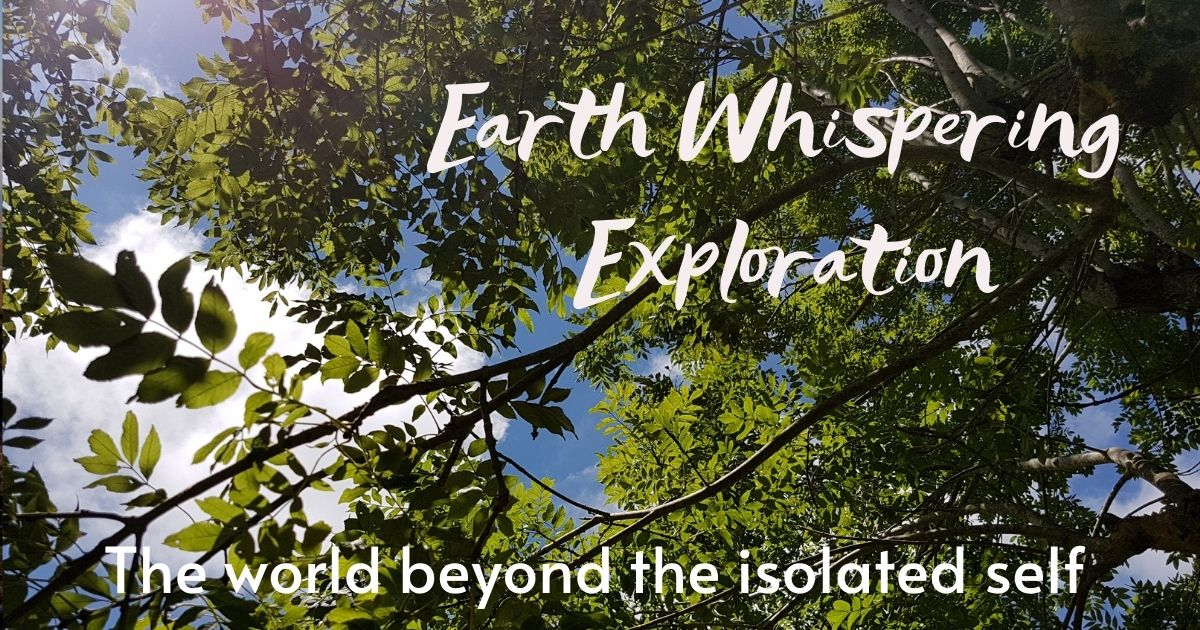
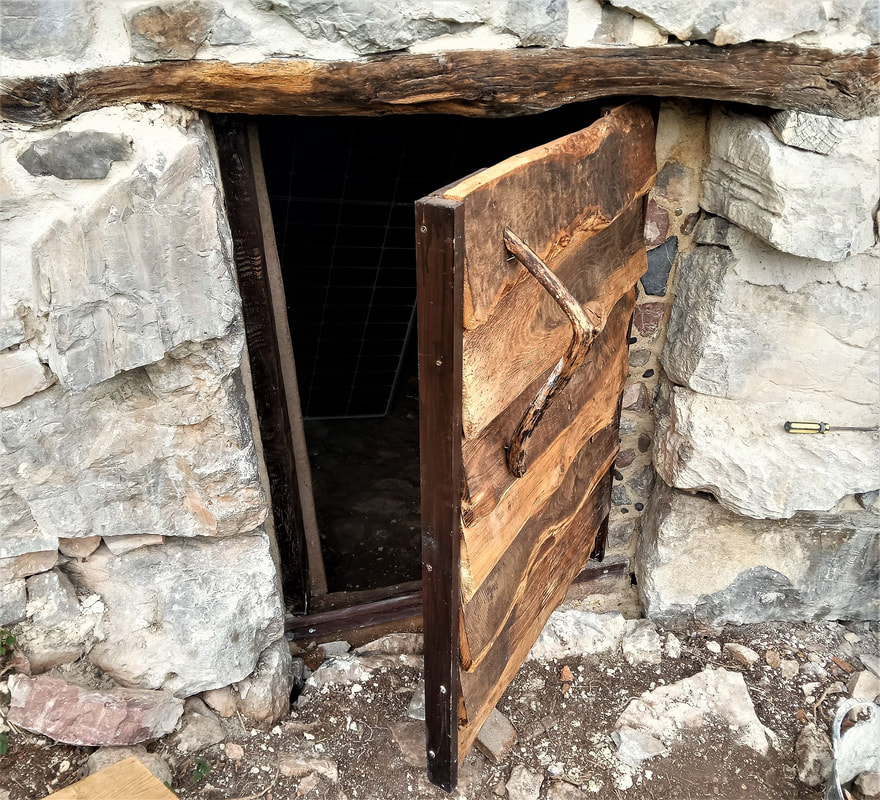
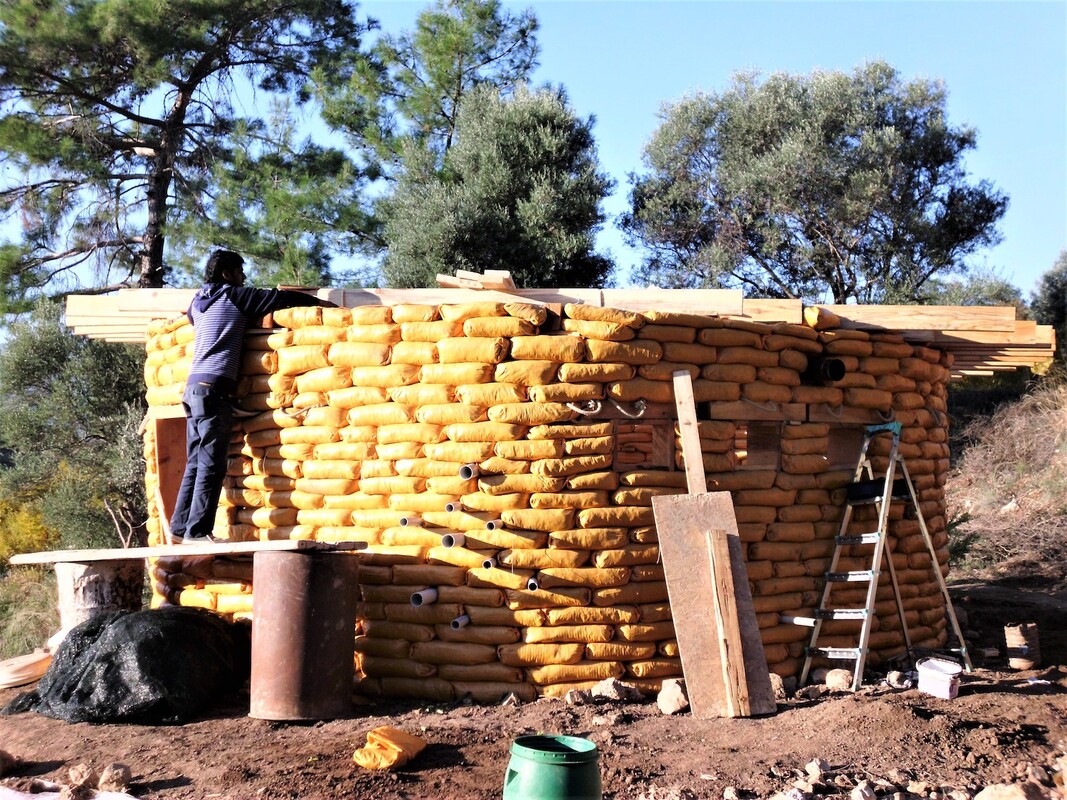
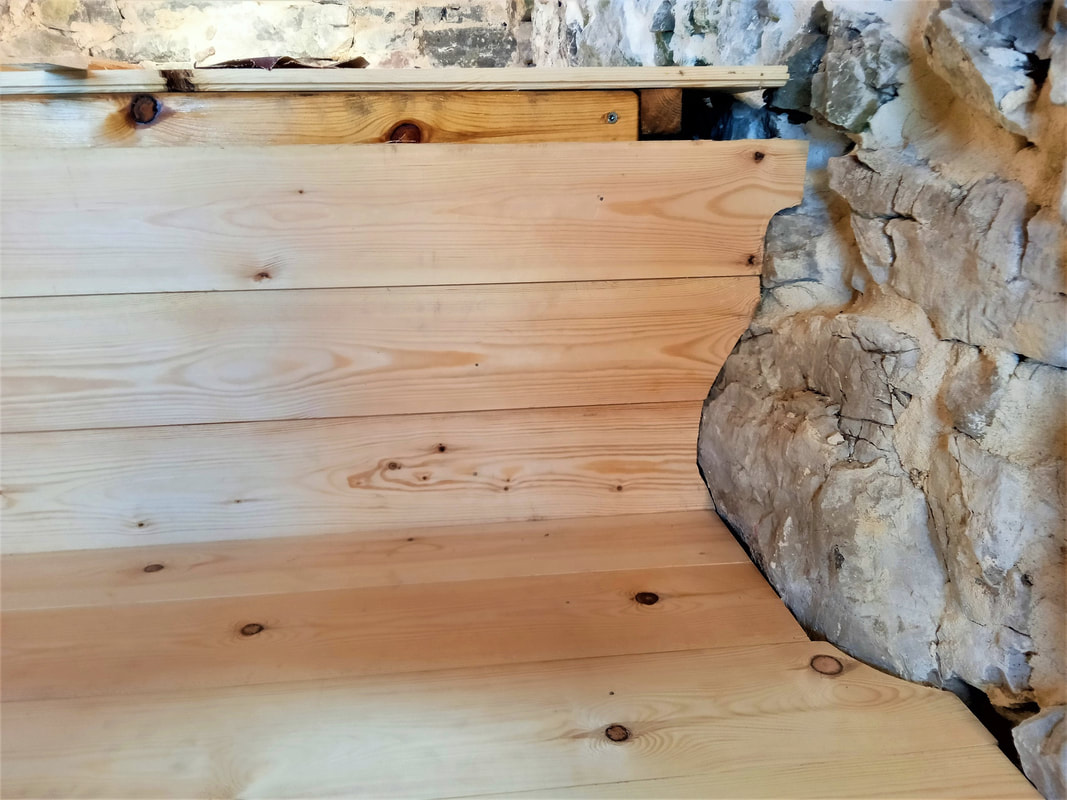
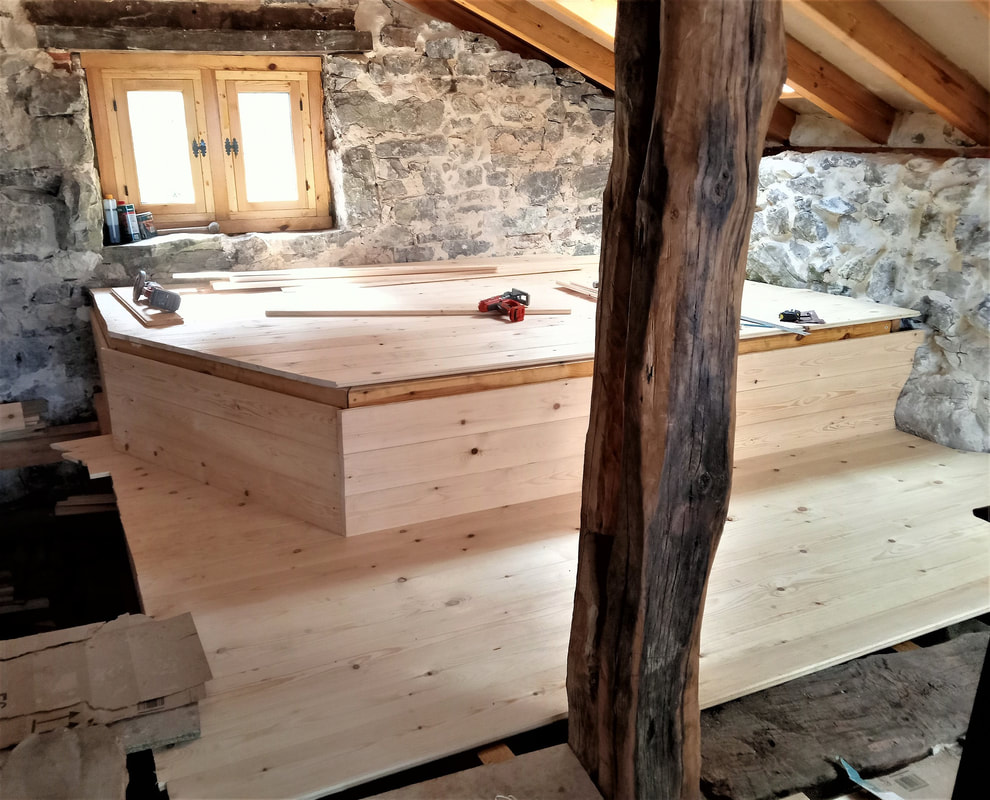
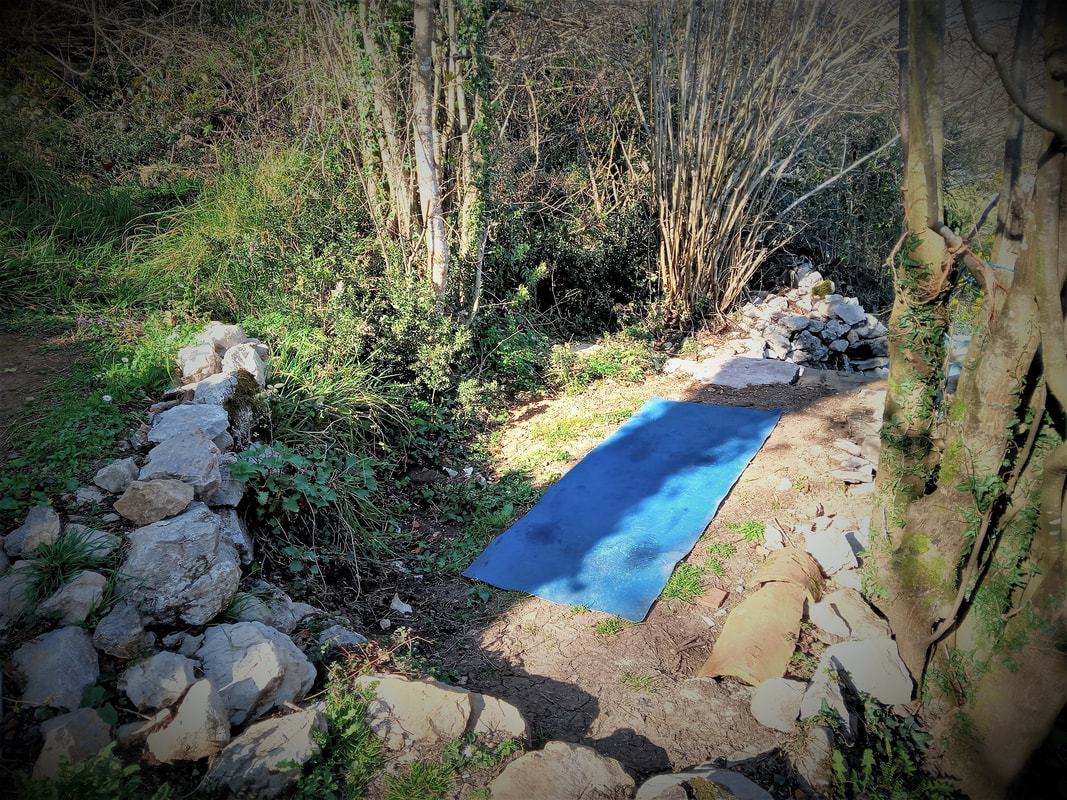
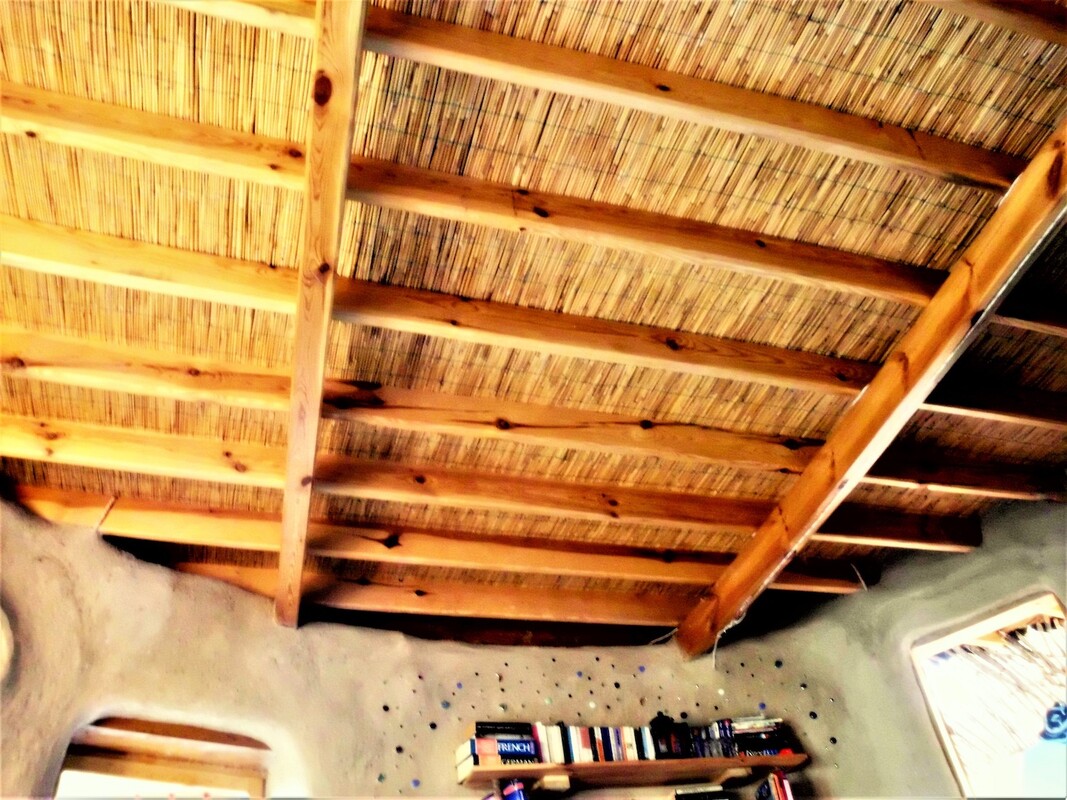
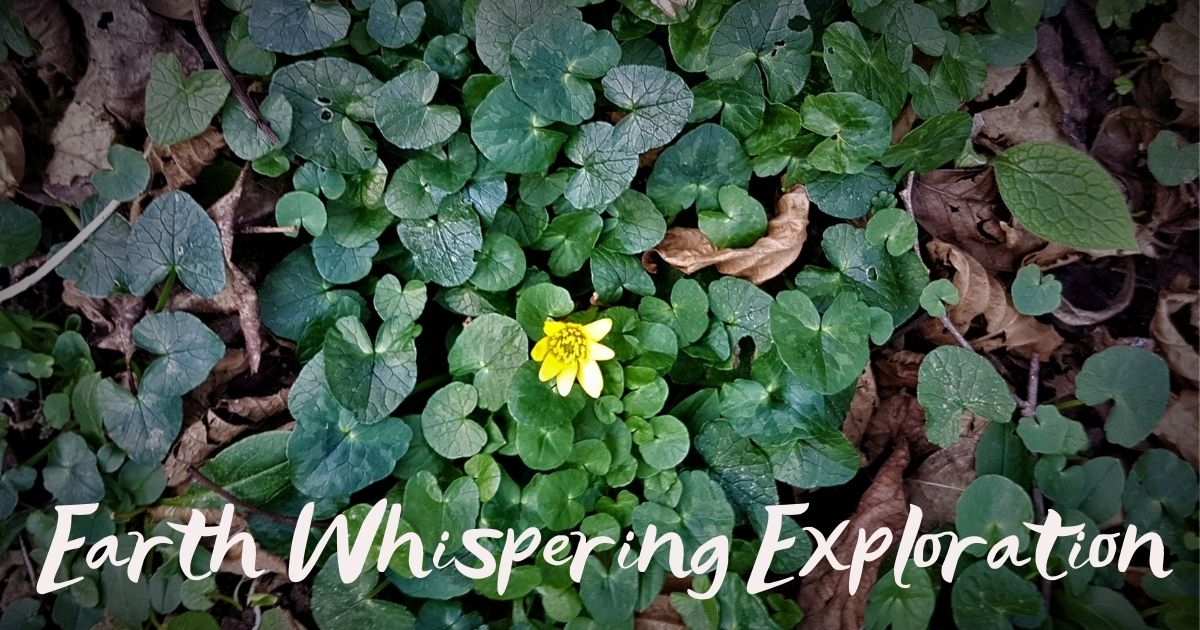


 RSS Feed
RSS Feed
